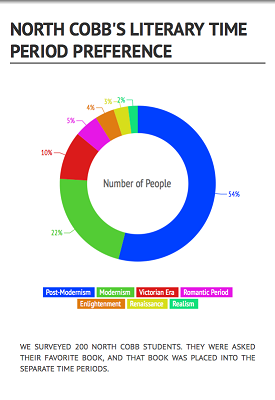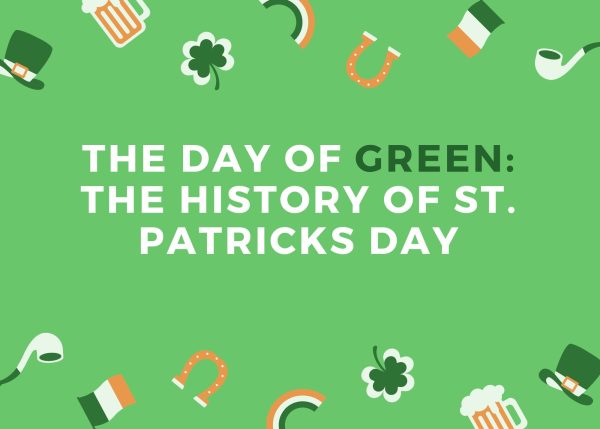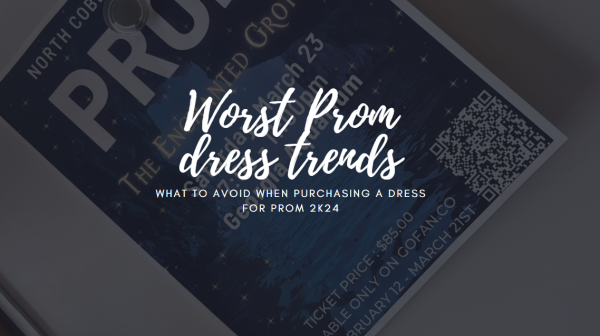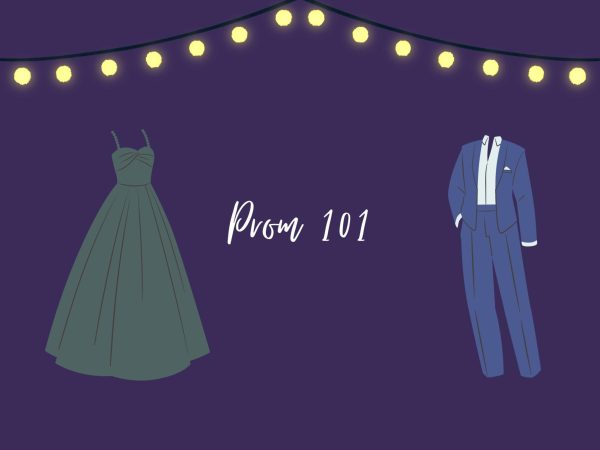Storytelling throughout the Western world, a literary history
December 18, 2014
When I was three years old, I discovered what a book was. The object my parents held at night before I went to bed was not, in fact, a colorful plate on which to place food (yes, I made that mistake). It was the object which contained the basis of my dreams, and, I admit, sometimes nightmares. Filled with heroes and villains, dragons, knights, castles, fairies, elves, and dwarves, these seemingly meaningless objects captivated me more than television ever could.
Thus, my childhood consisted of burying my face in a myriad of books. It got to the point where my parents would punish me by forbidding me to read my books or by refusing to buy me new ones. Today, television has really replaced the act of reading, but the concept of moving images on a screen was only invented in 1926. Relative to human history, this is barely a second if our time on Earth was catalogued in a day.
Literature and its history will always be more extensive than that of television and its history. Historians discovered the first human writings in Sumer, which occurred no later than 3500 BCE. Writing and literature, however, are not synonymous. The first writings largely consisted of record keeping, and historians disagree at the time that writings turned into storytelling. Some stories thought to qualify include Epic of Gilgamesh (predating 2000 BCE) and Papyrus of Ani (1250 BCE), known as the Egyptian Book of the Dead. Oral storytelling has been around for much longer than written literature, but it remains next to impossible to date.
The history of literature is divided into periods. The number of periods existing are debated, but I think that the thirteen separate time periods makes sense, so that is the one I base my knowledge on. I will focus on six, the most popular in schools and in homes.
First, here are some disclaimers: One, most of the categories are based on Western literary traditions; that is, works from England and the United states primarily. Other cultures contain their own histories, but if I included that all in here, it would be three times as long.
Two, I am talking in broad terms, meaning that each time period’s characteristics may not apply to every writer and literary work. Also, time periods are relative; some sources may say that one period started at one point in time and another may say the time period started years later. Please keep this in mind.
The Medieval Period (500-1500)
Although the Medieval Period spanned quite a large bit of time, it did not cover much in terms of literature. Think of this time period as people getting a feel for writing and stories. Many notable works of literature simply do not exist from this time period, or, if they do, they are not any we have access to. Those works that do exist are significant, however, and give clues as to what the time period felt like. Medieval literature remains characterized by discussion of the seven deadly sins, the seven heavenly virtues, courtly love, and codes of chivalry. Religion affects much of the tone and subject of the book at this point in time (as it will for many, many years). A major point that characterizes this time period stands as thus: a lot of authors wished to remain anonymous, so many works from the time period do not have a writer listed. The people of the time saw themselves as re-tellers, not creators, unlike authors of today. Some notable works from the time period, however, are Beowulf, author unknown, and The Canterbury Tales, by Geoffrey Chaucer. The former stands as an epic poem written in the eighth or ninth century, no one really knows for sure, about the hero Beowulf confronting a variety of characters in very cool battles; the former consists of a collection of stories told by pilgrims as they travel to a cathedral for a funeral. Many consider Beowulf as the first major work of English literature that exists, but keep in mind that it, along with all other works from the medieval time, is written in Old English or Middle English: hard-to-decipher English, in other words. If one wishes to read this type of literature, I would suggest starting off with a translated version.
The Renaissance (14th century to the 17th century)

The Enlightenment (18th century)
Here come the revolutions! The authors that comprised the Enlightenment proved fundamental to the various revolutions that would eventually occur around the world, including our very own US of A. This remains as the time period in which the participants of the Renaissance began to critique their medieval counterparts. Scientific rationalism defined the Enlightenment, basically them asking “Does this make sense?” rather than accepting everything blindly because they were told it was true. In fact, many began to criticize of many traditional institutions, such as The Church, which stood as the main target.
Famous authors of the time include Francis Bacon (author of Novum organum), Benjamin Franklin (Poor Richard’s Almanac), Sir Isaac Newton (Philosophiæ Naturalis Principia Mathematica), Thomas Paine (Common Sense), Jean-Jacques Rousseau (The Social Contract), Voltaire (Candide), John Locke (Two Treatises of Government), Jonathan Swift (A Modest Proposal), and Mary Wollstonecraft (A Vindication on the Rights of Women).
These Enlightenment thinkers believed advances in science and industry indicated a new progress for humans. Remembered for their tendency to challenge a part of society, they set up a systematic approach to how various systems should run, such as government. They practiced Deism, a personal and spiritual faith rather than organized religion. For the first time, the relationship between political and religious leaders weakened so much that the common citizen could make his opinions known without fear of retribution. Think of the amount of criticism that goes on in high school compared to, say, preschool–that was the Enlightenment.
Romanticism (early 19th century)
Moving on to Romanticism, this time period was basically a slap in the face to the Enlightenment. It was the complete opposite, where instead of “let’s think this through–does it make any sense?” it was, “Bah, forget logic! Forget reason! Let’s focus on nature, on emotion—that’s the most important thing.” Many did not care if the emotions were negative or positive–they just wanted their readers to feel something. No one wants cold, cruel logic: in the battle of the heart and the brain, the heart wins. Poets really started to get underway at this point in time; in England, they were the most common bearers of Romanticism. In America, novels proved more popular. Concerned with the individual rather than society, writers desired a simpler, more past, creating stories with an almost mystical quality. Key, concrete literary figures from the Romantic period include poets William Wordsworth, Samuel Taylor Coleridge, William Blake, Edgar Allan Poe, Lord Byron, and John Keates, as well as novelists Jane Austen, the Bronte sisters, Mary Shelley, and Washington Irving. The qualities of transcendentalism shared qualities of romanticism: the worship of nature and the interest in the individual. Some consider transcendentalist thinkers such as Henry David Thoreau and Ralph Waldo Emerson as part of the Romantic period; others believe that a separate Transcendentalist period exists for authors such as these, but we will not get into that.
Modernism (early 20th century) 
Post-Modernism (late 20th century to present day)
I understand that a lot of people nowadays do not read (shame on them!), but if they have no heard of the books in this time period, they have not listened to the world around them. Anything published in the last half century has elements of post modernism in it.
Postmodernism exemplifies the idea that nothing is as it seems, that everything depends on one’s own perspective. Postmodernists believe nearly everything is subject; to refute the Modernists, nothing has lost meaning (as many Modernists believed) because there was no meaning to lose.
Some post modernists include Kurt Vonnegut, Hunter S. Thompson, David Foster Wallace, and Philip K. Dick. Again, however, nearly every author from the 1950s onward incorporates elements of postmodernism.
Many literary experts believe there exists nowhere to go from this time period. After all, if meaning is removed, where else can one go? I do not believe it, however. Literature will continue, as it always has (even with the new e-books).
We love storytelling. It does not matter if you love stories through movies, music, or books, but we all love stories. They shape us; they inspire emotion and broaden our knowledge. So who knows? Maybe there will be another time period—and maybe it will be one of us who propels it forward.
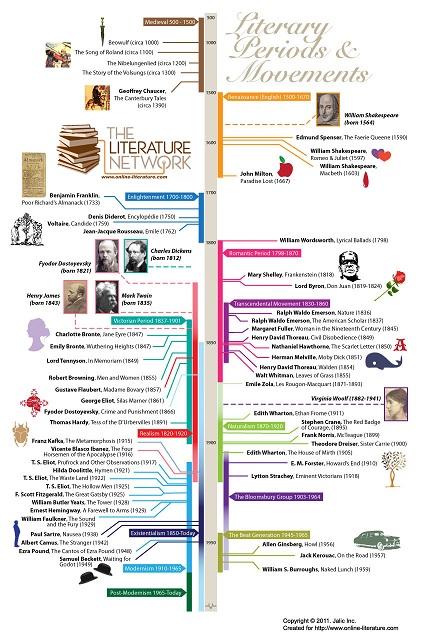 Courtesy of The Literature Network.
Courtesy of The Literature Network.




